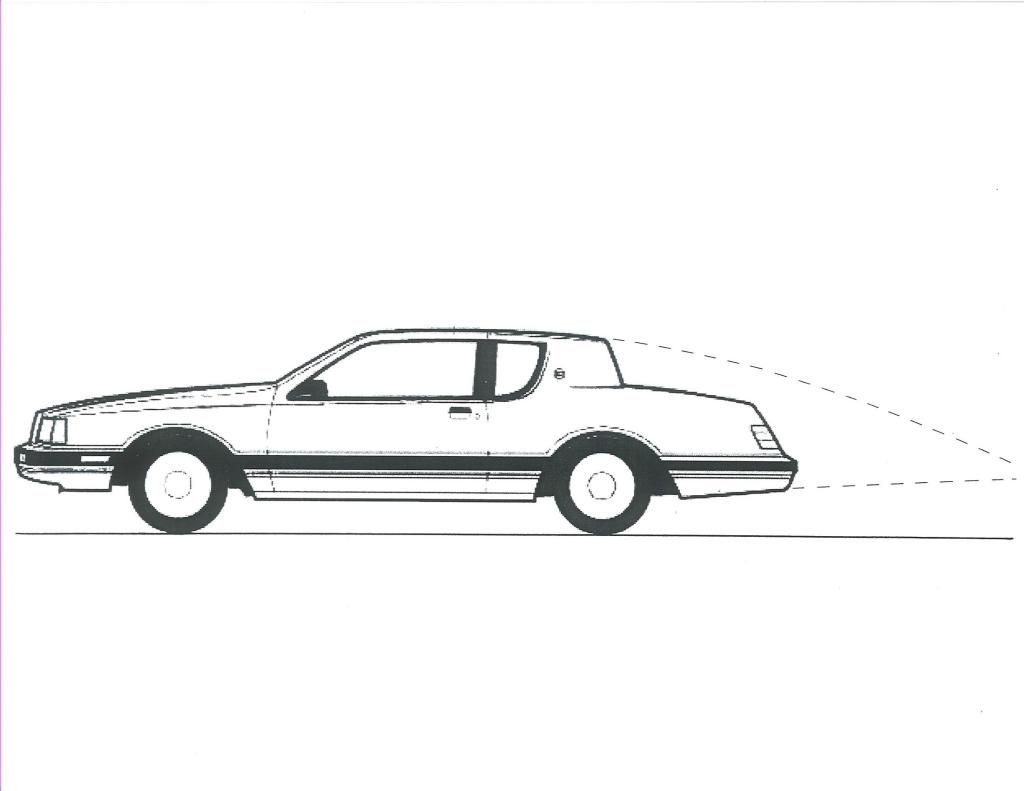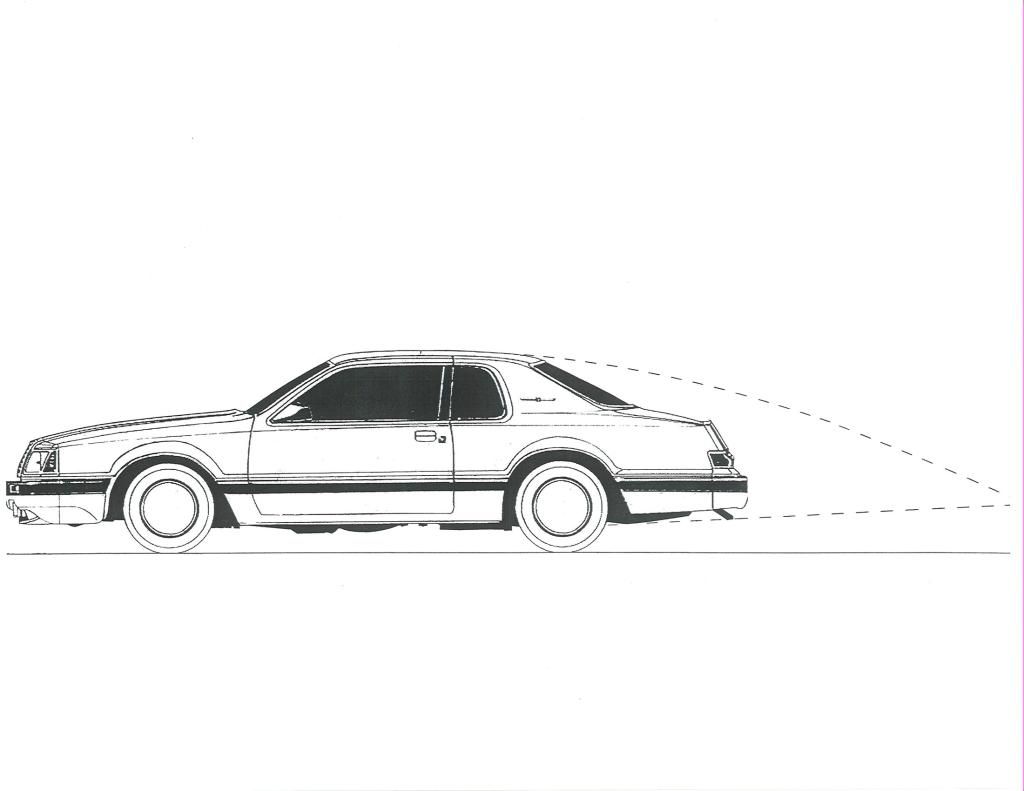Quote:
Originally Posted by chillsworld

Vortex generators are used on airplanes. They are capable of creating a 50% decrease in drag, as per NASA studies in the 90's. These same vortex generators are used on trucks, cars, etc with success (which varies according to who you ask). You state a plane has surface friction and is streamlined, where as a automobile has turbulent flow creating minimal surface friction on a non-streamlined object. Yet the vortex generator has a (generally) positive impact on drag in both scenarios, depending on placement and size. They accomplish the same goal, lessening separation, under what you describe as dissimilar situations. So I guess I don't understand why something else couldn't work in both scenarios, and I guess this is why I never became and engineer  But since the most specific, and data filled study I could find, is apparently flawed... I guess I got no choice but to go along with the flow (get it, it's a pun  )
Thanks for taking the time to read the study, and to post accordingly
~C |
*Looking at the NASA micro-VG applications,there is a context in which the claims are made.
*The micro-VGs which produced the 50% drag reduction are not present to the air during trimmed,cruise flight.
*They are hiding atop the flaps while stowed forward into the wings trailing edge.
*During take off and landing the flaps are extended for high-lift and STOL and the 'hidden' VGs offer a 50% drag reduction compared to fixed VGs attached to the wingtop ahead of the flap gap that they replace.
--------------------------------------------------------------------------
Olsson mentioned R&D for the Lockheed C-130 Hercules high drag aft fuselage underside up-sweep (Hucho calls this a pseudo-Jaray profile).
*VGs were being evaluated to help with reattachment to this portion of the belly,as the US Air Force was complaining of high fuel costs.
*In the end,'stubs' were chosen over three different types of VGs for the lowest drag performance.
--------------------------------------------------------------------------
For automobiles,since they are immersed in a turbulent boundary layer,the TBL will remain attached to the aft-body as long as the pressure rise is not too great (the profile is not too fast ).
Here is Paul Jaray's Cd 0.13 'pumpkin seed' of 1922.It is essentially incapable of producing separated flow

This 1983 Mercury Cougar with its formal roofline has massive separation and Cd 0.40.It could have used VGs.

Using their new 'aeroback' on the 1983 Thunderbird,Ford gets Cd 0.35 for the same car as the Cougar,just changing the roof.VGs could probably help it too if they were sized perfectly.

By 1985,Ford had relaxed the roofline of their Probe-V concept car closer to Jaray's profile of 1922 and scored Cd 0.137.VGs wouldn't have much to do on a car like this.

Here you can see where Mitsubishi is offering a 'Sportback' for their Lancer,which used VGs on their notchback to do the same thing with less interior space.

There is a place for VGs on any car with a 'fast' roofline.They won't be there to reduce skin friction though,just to help reattachment.
